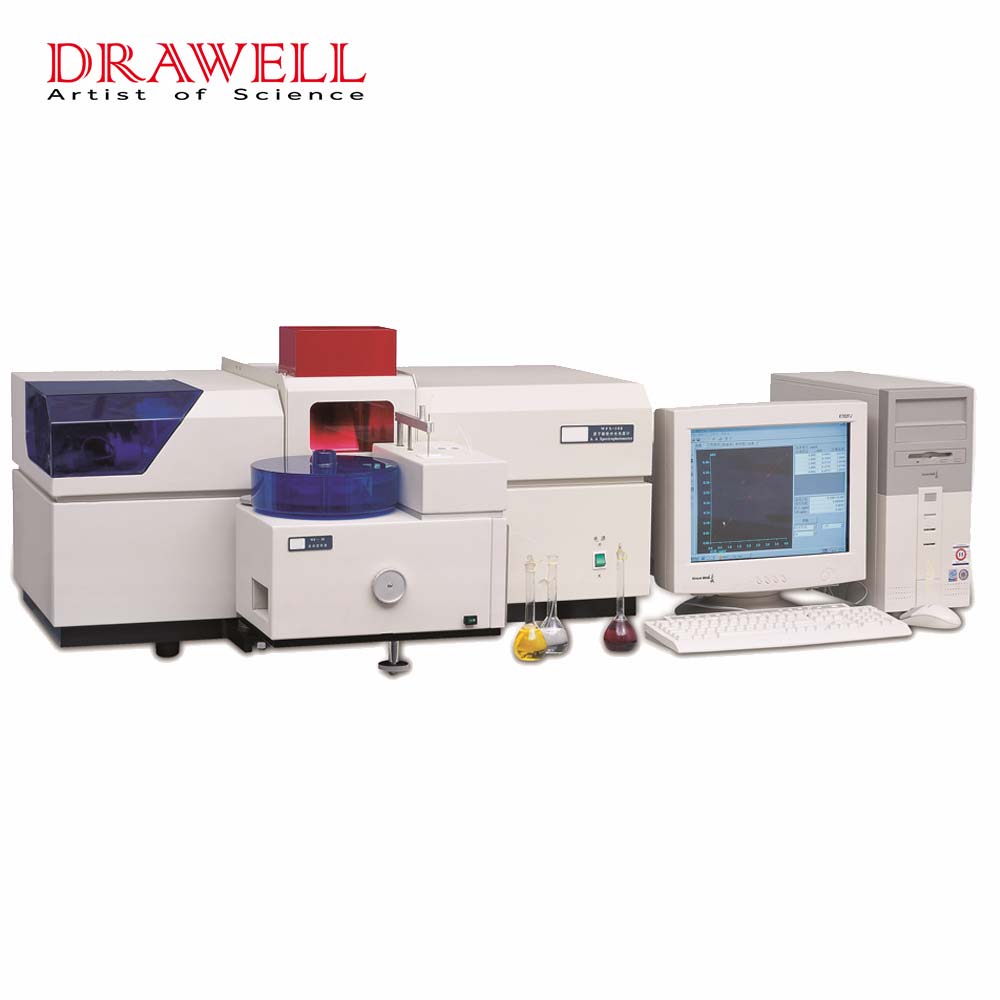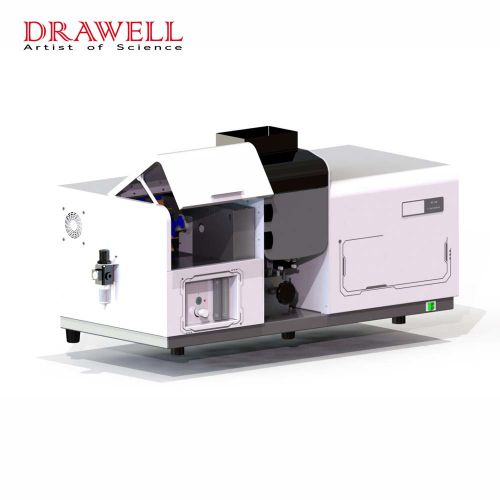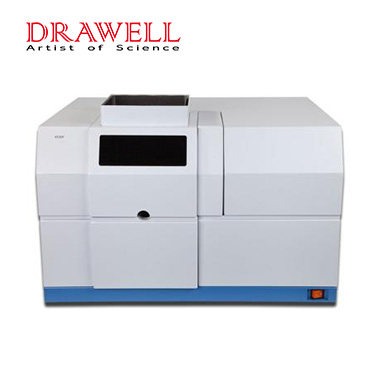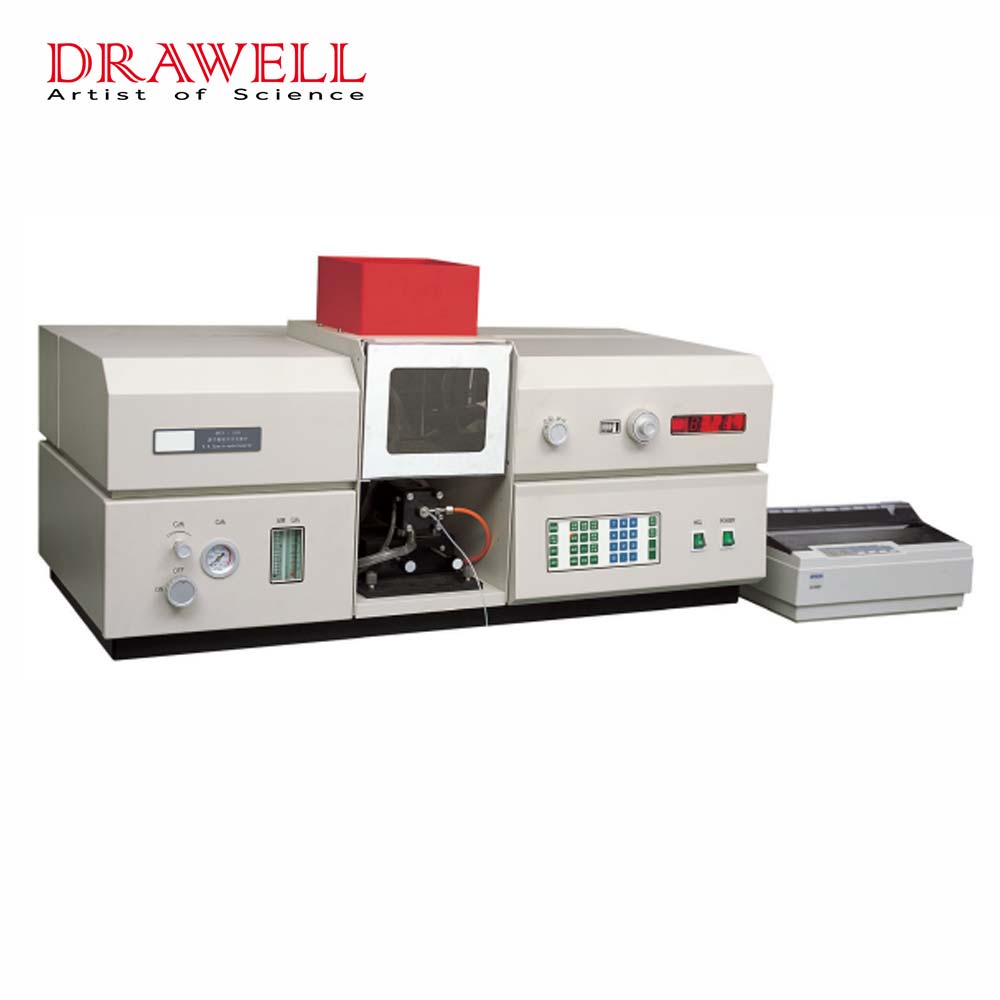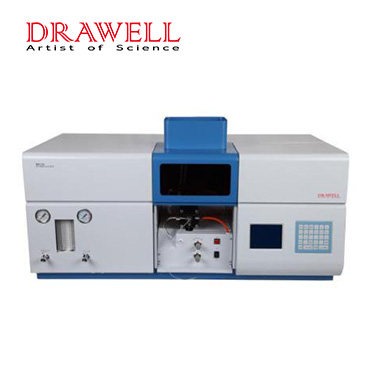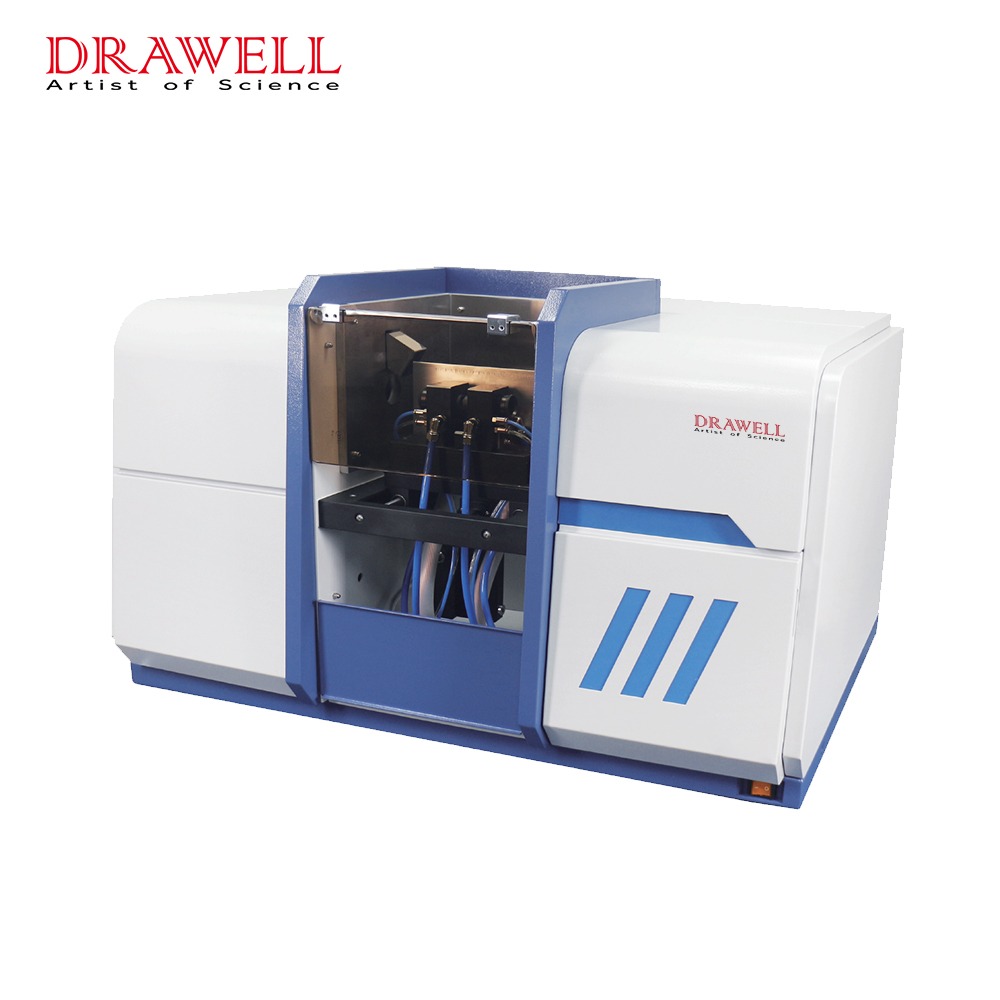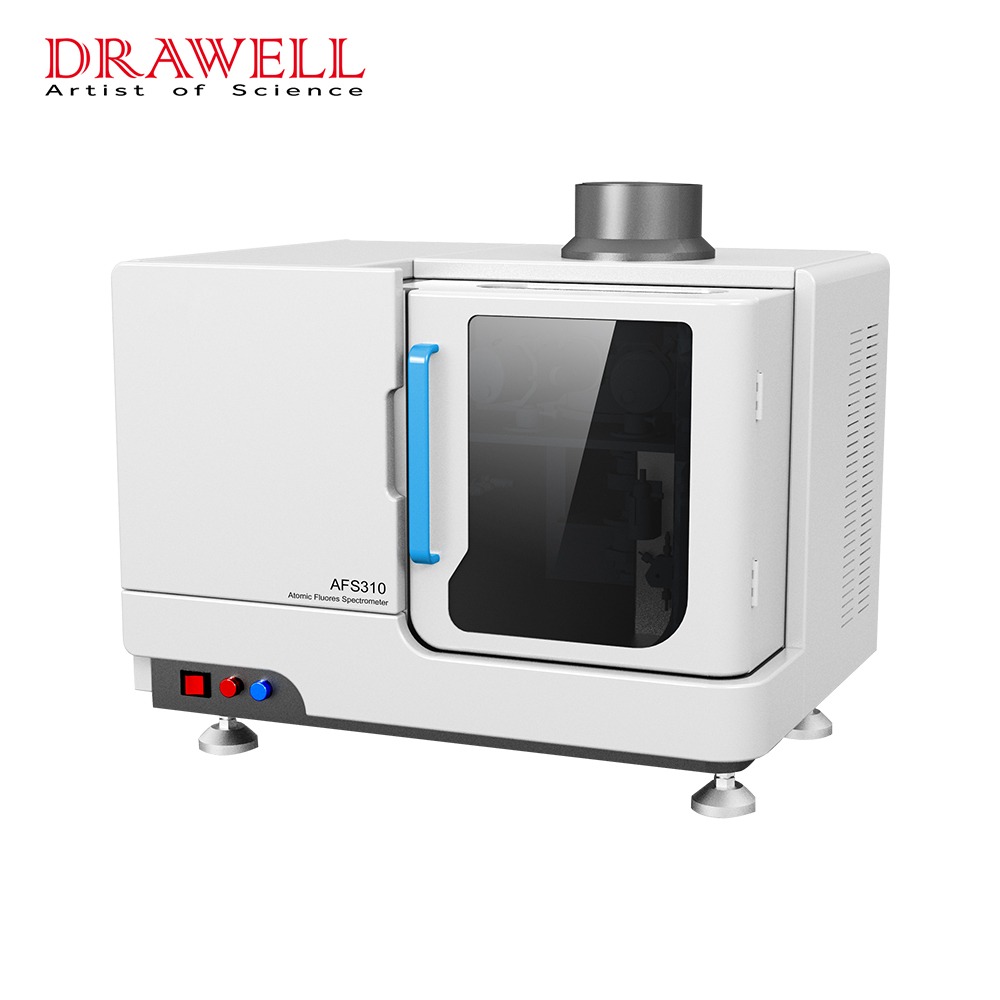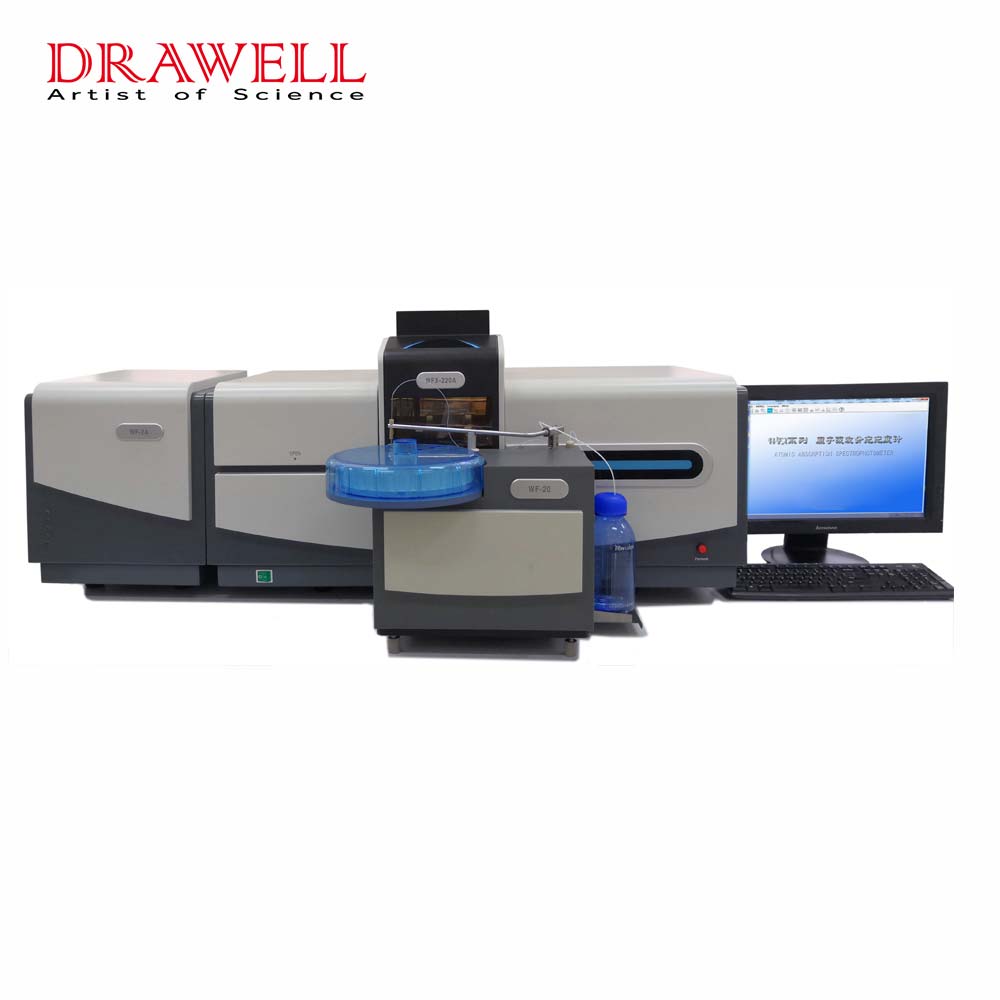Atomic Absorption Spectrophotometry (AAS) is a critical tool in analytical chemistry for quantifying trace elements in diverse samples. Recent advancements have significantly enhanced detection limits of Atomic Absorption Spectrophotometry, enabling more sensitive and accurate measurements. This article delves into the key innovations that have driven these improvements and their implications for various fields.
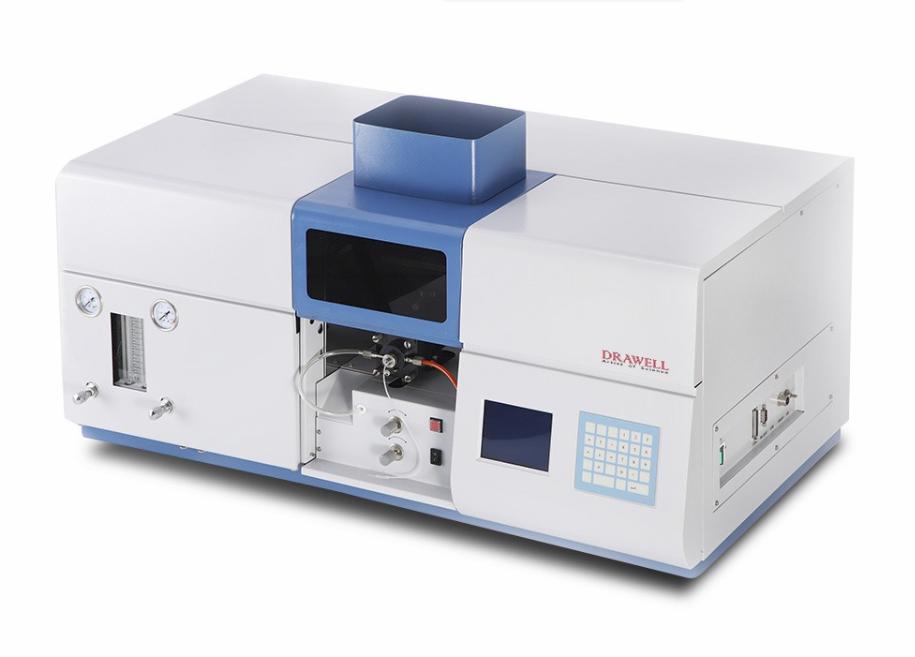
Key Advancement in Enhancing the Detection Limits of Atomic Absorption Spectrophotometry
1. Enhanced Light Sources
The quality and intensity of the light source are critical factors affecting the detection limits in AAS spectrophotometer. Traditional hollow cathode lamps (HCL) have been widely used, but their limitations in brightness and stability have driven the development of alternative light sources. High-intensity xenon lamps and electrodeless discharge lamps (EDL) have emerged as superior options, offering brighter and more stable emission lines. These advancements result in improved signal-to-noise ratios, thereby lowering the detection limits.
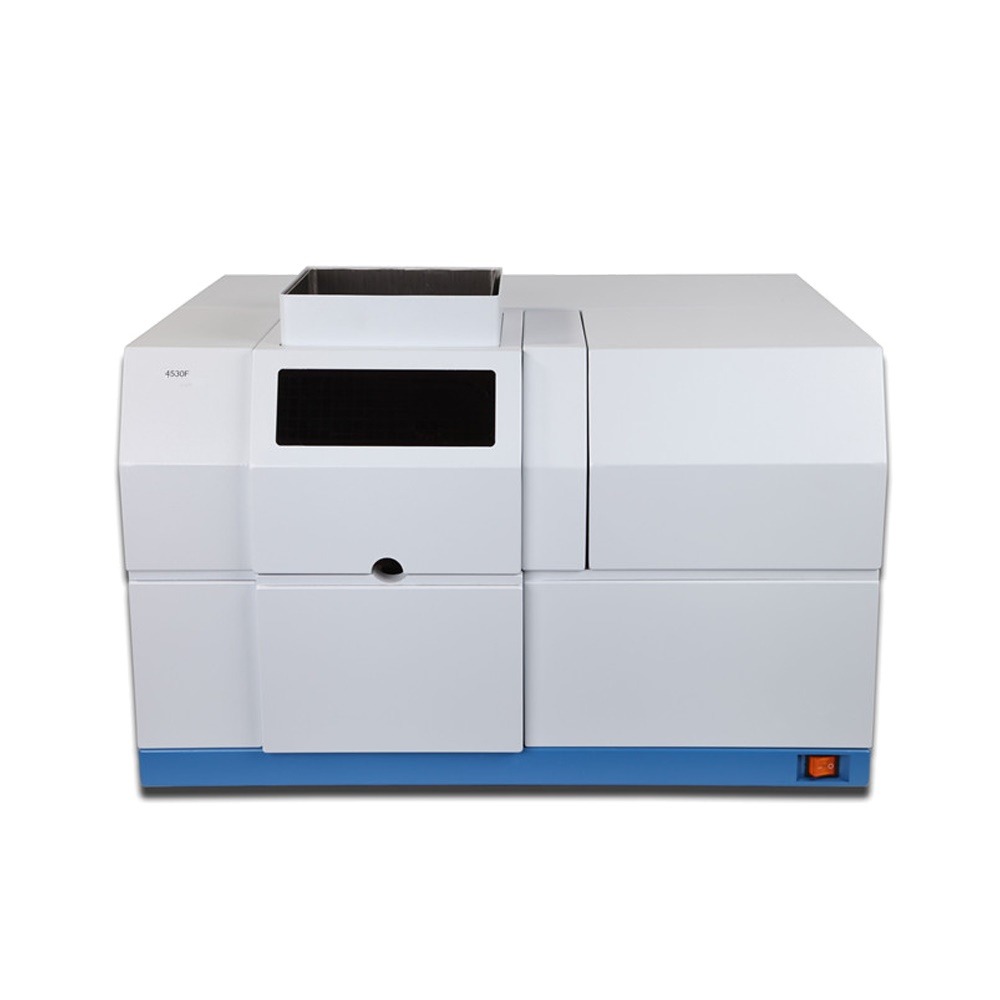
2. Advanced Atomization Techniques
Atomization, the process of converting a sample into free atoms, is crucial for the sensitivity of Atomic Absorption Spectrophotometer. While flame atomization is common, newer techniques like graphite furnace atomic absorption spectrometry (GFAAS) and hydride generation atomic absorption spectrometry (HGAAS) offer significant improvements. GFAAS enhances sensitivity by concentrating the analyte within the furnace, allowing for the analysis of smaller sample volumes. HGAAS is particularly effective for elements such as arsenic and selenium, achieving detection limits in the parts-per-trillion (ppt) range.
3. Superior Detection Systems
Detection systems have undergone considerable advancements, contributing to lower detection limits. Modern AAS instruments now incorporate high-efficiency photomultiplier tubes (PMT) and charge-coupled devices (CCD) that capture weaker signals with greater accuracy. Additionally, background correction methods, such as Zeeman and Smith-Hieftje correction, help eliminate interferences, further improving measurement accuracy.
4. Automation and Software Integration
The integration of automation and advanced software in AAS systems has greatly enhanced detection limits. Automated sample preparation and introduction systems reduce human error and contamination, ensuring consistent and reliable results. Advanced software algorithms improve signal processing and data analysis, enabling more precise quantification at very low concentrations. Real-time corrections and adjustments optimize the performance of the spectrophotometer, further enhancing sensitivity.
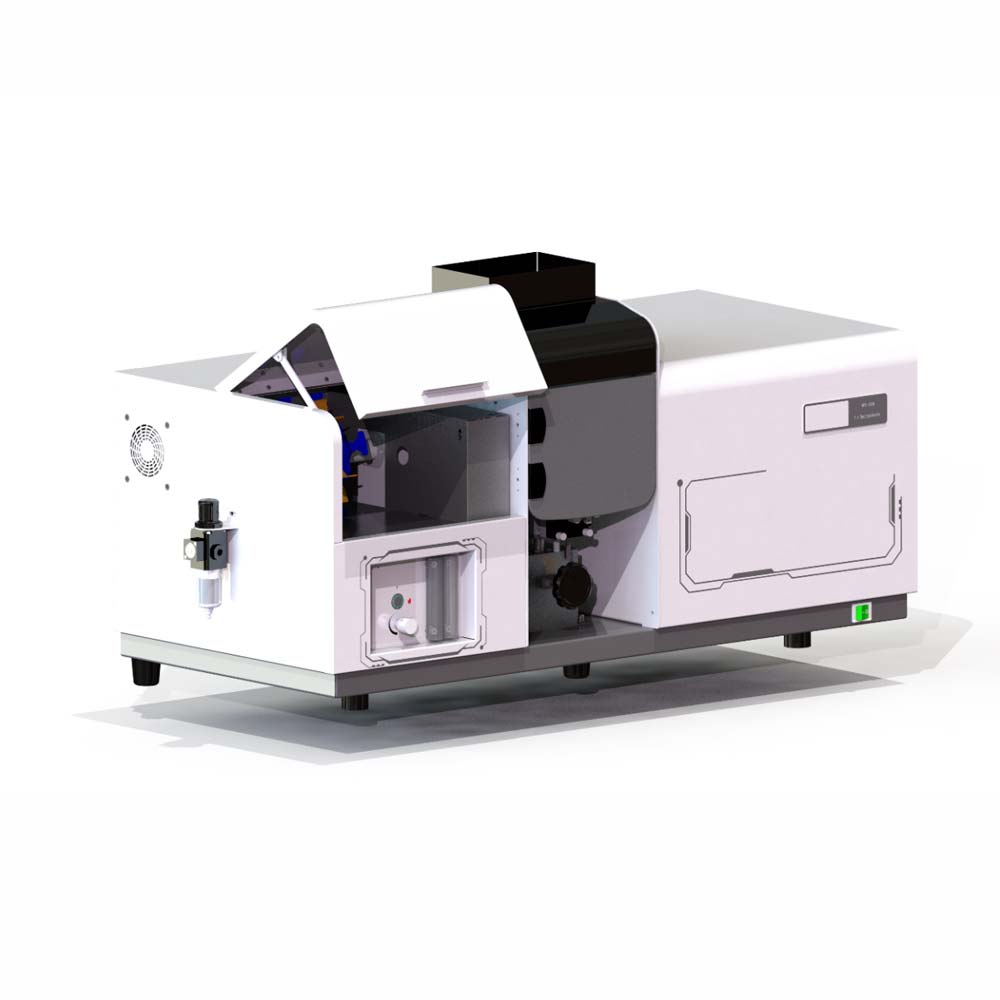
5. Coupling with Other Analytical Techniques
Combining AAS with other analytical techniques has expanded its capabilities and improved detection limits. Techniques like Inductively Coupled Plasma Mass Spectrometry (ICP-MS) and High-Performance Liquid Chromatography (HPLC) complement AAS by providing additional information and reducing interferences. For instance, ICP-MS offers isotopic information and ultra-trace detection capabilities, while HPLC can separate complex mixtures before AAS analysis, enhancing overall sensitivity.
Impact on Various Fields of Enhanced Detection Limits of Atomic Absorption Spectrophotometry
This chart provides a clear overview of the diverse impacts that enhanced detection limits of AAS spectrophotometer have across multiple fields.
| Field | Impact |
| Environmental Science | More accurate monitoring of trace contaminants in water, soil, and air; Improved ecosystem protection; Enhanced regulatory compliance |
| Medical Diagnostics | Early detection of trace metals in biological samples; Improved disease diagnosis and treatment; Better understanding of metal-related health issues |
| Food and Beverage | Stricter quality control and safety standards; Detection of contaminants at lower levels; Assurance of consumer safety and product compliance |
| Pharmaceuticals | Precise quantification of trace elements in drug formulations; Enhanced quality control in manufacturing; Ensured safety and efficacy of pharmaceutical products |
| Material Science | Accurate analysis of trace elements in advanced materials; Improved development and quality of new materials; Enhanced performance and reliability of products |
| Industrial Applications | Better monitoring and control of trace elements in manufacturing processes; Increased product quality and consistency; Reduced risk of contamination and defects |
| Agriculture | Enhanced soil and plant analysis; Better management of trace elements in fertilizers; Improved crop health and yield |
| Forensics | Improved detection of trace elements in forensic samples; Enhanced evidence analysis and crime-solving capabilities; Greater accuracy in forensic investigations |

Future Prospects in Enhancing Detection Limits of Atomic Absorption Spectrophotometry
As we look to the future, several promising developments and emerging technologies are poised to further enhance the sensitivity and accuracy of AAS. Here, we explore the key future prospects that could revolutionize this critical analytical technique.
1. Integration of Artificial Intelligence and Machine Learning
The incorporation of artificial intelligence (AI) and machine learning (ML) into AAS systems holds great promise for future advancements. AI and ML algorithms can optimize signal processing, data analysis, and instrument calibration, leading to more accurate and reliable results. These technologies could enable real-time adjustments and predictive maintenance, ensuring optimal performance and reducing downtime. Furthermore, AI-driven data analysis could uncover hidden patterns and correlations, providing deeper insights into trace element analysis.
2. Miniaturization and Portability
The trend towards miniaturization and portability is likely to continue, with the development of compact and field-deployable AAS instruments. Advances in microfabrication and nanotechnology could lead to the creation of portable AAS devices that maintain high sensitivity and accuracy. These portable systems would enable on-site analysis in remote or challenging environments, expanding the utility of AAS in environmental monitoring, field research, and emergency response situations.
3. Sustainable and Green Chemistry Approaches
As environmental concerns grow, the future of AAS will likely include sustainable and green chemistry approaches. Efforts to reduce the use of hazardous chemicals and minimize waste in AAS processes will be crucial. Innovations in sample preparation techniques, such as solid-phase microextraction (SPME) and green solvents, could make AAS more environmentally friendly. Additionally, energy-efficient designs and the use of renewable energy sources for AAS instruments could contribute to sustainability goals.
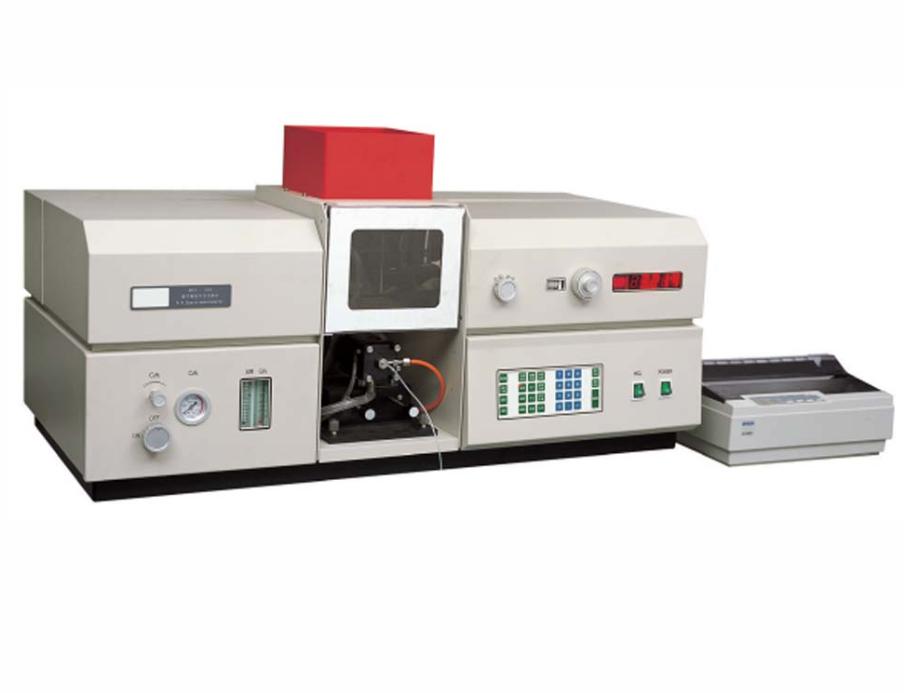
Conclusion
The advancements in enhancing the detection limits of Atomic Absorption Spectrophotometry have significantly improved its sensitivity and accuracy, making it an indispensable tool in analytical chemistry. As these advancements come to fruition, AAS spectrophotometer will continue to be an indispensable tool in analytical chemistry, offering unprecedented capabilities for trace element analysis across various fields.

